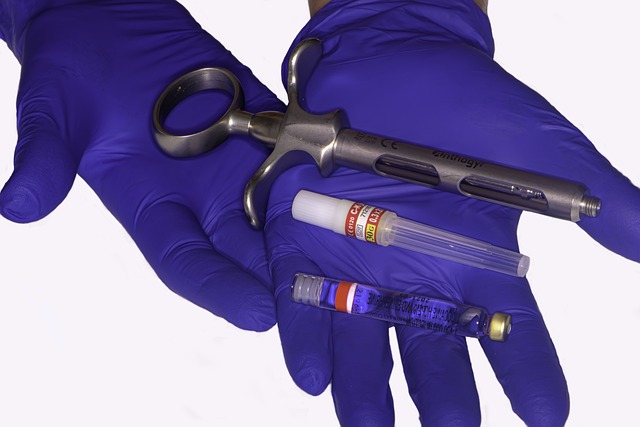An interesting article titled “A Comparative Evaluation of Anesthetic Effectiveness of 4% Articaine vs 0.5% Bupivacaine for Lower Molar Tooth Extraction” appears in Cureus in December 16, 2022, written by Tenglikar P, Manas A, Sahoo A, et al. (vol. 14, no. 12, pp. e32611). The article discusses the differences in the effectiveness of two common local anesthesia agents used in dentistry to control pain. The authors set out to explore the the effectiveness of 0.5% bupivacaine with 4% articaine in lower tooth extraction based on duration of anesthesia, onset, and pain perception along with observing blood pressure and heart rate.
Today lidocaine (lignocaine) is extensively used as a local anesthestic agent in dentistry to control pain. Other anesthestic agents exists including bupivacaine and articaine. The authors conducted a randomized controlled study of patients having lower teeth extracted from June 2017 to October 2019. A total of 100 patients were included in the study ranging from 20 to 50 years old. Two groups of patients were selected with Group A having 30 males and 20 females, while group B having 27 males and 23 females. Those in Group A received 1:200,000 epinephrine with 0.5% bupivacaine injection while those in group B received 1:100,000 epinephrine with 4% articaine HCl injection.

The authors found that the mean onset of local anesthetic action in group A was 83.1seconds and in group B it was 53.2 seconds. Thus there was a faster onset with articaine. The length of soft tissue anesthesia in group A was 298.4 minutes and in group B it was 216.6 minutes. Further the duration of the postoperative analgesic effect was 210.7 minutes in group A and 196.1 minutes in group B. Thus there was lesser duration of action with articaine. It was found that systolic blood pressure, diastolic blood pressure, and heart rate (per min) were not statistically signicantly different between the two groups. Pain scores were also found to not be statistically signicantly different between the two groups. Further, 38 (76.0%) participants in group A and 44 (88.0%) participants in group B did not need any additional anesthesia, however, 12 (24%) participants in group A and six (12%) participants in group B required more anesthesia. This was not a statistically significant result, but it was observed that needing additional anesthesia was less likely with articaine when compared to bupivacaine. The authors state:
“Both bupivacaine and articaine are effective anesthetic agents….articaine has a faster onset but a relatively lower duration of action…Our results and previous studies indicate that articaine is more effective than 0.5% bupivacaine in recovery from anesthesia. Henceforth, it can be suggested for tooth removal and other oral surgical techniques.”
The authors mention several limitations of their study including a small sample size and a single-center analysis. Further, anesthetic efficacy was based on the rescue analgesia taken by the patient at there discretion and lacked objectivity. In addition, the randomization used to dived patients was lottery-based, and blinding was lacking. The authors feel that future studies can help to evaluate the efficacy of articaine with other anesthetic agents for oral surgical procedures on a larger sample size, with objective parameter-based rescue analgesia, and timing assessment.
